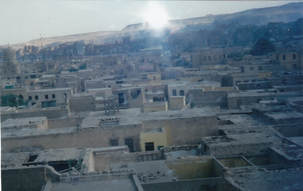 City of the Dead (cemetery), Cairo
City of the Dead (cemetery), Cairo At an insanely busy corner one day, when Sherrill and I were trying to get back to our hotel, she grabbed me by the sleeve as I was watching an open truck with half a dozen scrawny camels and pulled me into the street next to a pair young Egyptian workmen carrying a sheet of plate glass. One of them was wearing a faded Material Blonde tee shirt. When they noticed us walking next to them, they stopped in the middle of the intersection, antique Citroens and vintage Volgas and Sjkodas buzzing around us.
"You know Michael Jordan?" one asked.
"Yes!" Sherrill shouted, gesturing toward the far curb.
We all arrived with bodies and dusty plate glass intact and the two grinning men continued down the block with their precarious burden. The recorded call to prayer sang out from a nearby minaret, then seconds later another followed. Men stopped on the sidewalk and in shops to drop small prayer rugs for their devotions. From the facade of the Qasr el Nil Cinema dark-browed, mustachioed movie heroes gazed down as the chaotic traffic roared past. Finally, we reached the vast Liberation Square, a gray island circled by traffic resembling the Ben Hur chariot races, but fortunately we didn't need to cross it.
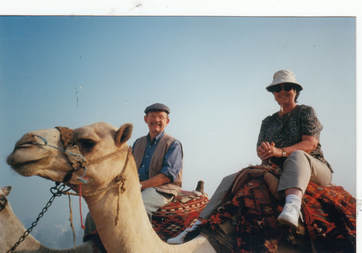 Bruce, Sherrill, & friends at Giza
Bruce, Sherrill, & friends at Giza "Lean back!" the drivers yelled as the camels lurched up, hind legs first.
As we pitched and swayed toward the Great Pyramid of Cheops, we forgot everything but the grandeur of the stones piled in front of us. Eventually back on blessed ground, we hiked around the stone mountain and its neighbor, the Pyramid of Chephren, the only one still with part of its original limestone covering. We couldn't climb the pyramid, but we did maneuver like half-open pocket knives down a long ramp to the burial chamber—and back.
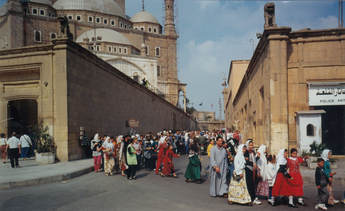 Egyptian students at Cairo Citadel
Egyptian students at Cairo Citadel "Hello!" they called. "What is your name?" "Where do you live?" "Welcome." "How old are you?" "Welcome to our country!"
It was hard then to imagine that this was a place in which our lives could be at risk.
 Old Summer Palace, Alexandria
Old Summer Palace, Alexandria "Why don't we...?" I asked Sherrill, but she shook her head. A pair of armed youths in camouflage uniforms in a jeep by the bus watched us from behind their dark glasses.
"I'm not afraid, just tired," she said, "but you can go if you want." When I handed her my camera to take to the hotel, so I wouldn't look like a tourist, she added, "Just don't get killed."
Discreetly armed with my street map of Cairo, I maneuvered the narrow alleys of the Khan el Khalili bazaar, then made my way deeper into the old city, the crowded, colorful area in which Nobel Prize winner Naguib Mahfouz had met his friends, drunk strong coffee, and composed his complicated, brilliant books—and also where he was attacked by fundamentalists who hated his "secular influence" on the Egyptian people. The battered street signs on the sides of the buildings, I discovered, were in Arabic, but I managed to follow landmarks such as the post office and various squares and parks. My only fear was the wild drivers who turned Cairo into an endless Bumper Cars game, with pedestrians moving targets for extra points.
Away from the bazaar, tiny shops spilled their merchandise onto the narrow side streets: here it was bedding and linens, on another block pots and pans, and in the next block shoppers picked through bins of shoes. Sidewalk vendors roasted corn on the cob over small braziers and peddled it for pennies. Tiny cafes and stalls offered meatballs sizzling in spicy sauce, grilled pigeons, and meat wrapped in flat bread, and in little cafes men (only) sipped at glasses of coffee or tea. From an adolescent vendor at a small stand, I bought a glass of hot sweet tea that burned my lips and throat.
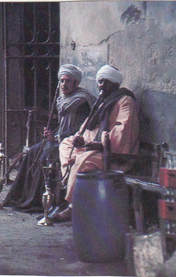
"Welcome to Egypt," said the first, head tilted forward on his skinny neck.
"Yes," said his friend, the taller of the two. "We happy you here."
Pleased by the unexpected contact, I tried to talk with them, learning that they were university students.
"How about coffee?" I offered, gesturing toward some tiny tables and stools up the street. They exchanged glances, looking embarrassed.
"We are late," said the first young man. "You are kind, but we are late."
Next to the skyway, in a wide building open at the sides, I discovered an indoor market in which gory carcasses and hunks of meat hung on hooks and were draped across blood-dripping counters surrounded by bargaining shoppers of both sexes. Depressions in the concrete floor sloshed with rusty red liquid. Among the heavily draped old women and bulky middle-aged men, a trio of young Egyptian women in black Levis and designer tee shirt knockoffs were examining bulgy-eyed fish heaped on a slimy table.
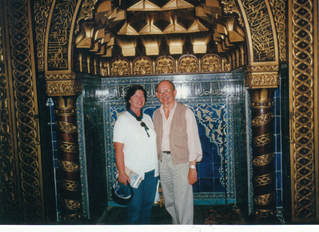 At King Farouk's island Palace, Cairo
At King Farouk's island Palace, Cairo The next morning, as we neared Aswan, we were told that an incident had occurred at Luxor, but details were still sketchy. Not until we left our ship two days later, did we understand the scope of what had happened. Why hadn't we visited that temple as planned? Had someone suspected that it would be a target? We never knew. The tour company offered to fly us home immediately but we all chose to stay and continue into Nubia to visit Abu Simbel. The Egyptians we spoke with were as horrified by the killings as we were. It was hard to imagine, watching the sun set behind the feluccas as they sailed over the mirror-like Nile, that we could be in danger.
To be continued....
Please pass the posts on to anybody else you think might enjoy them.
You also might enjoy reading the new bargain-priced e-book of my first novel, The Night Action, set in San Francisco's North Beach in the early 1960s. The book is available at Amazon, Barnes and Noble, and other online retailers. Click on the title or Here for the link.
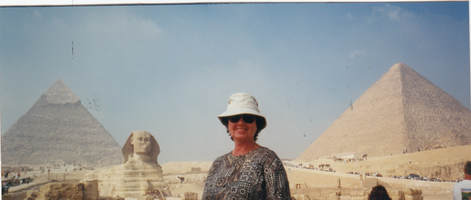
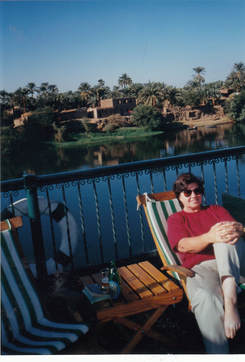
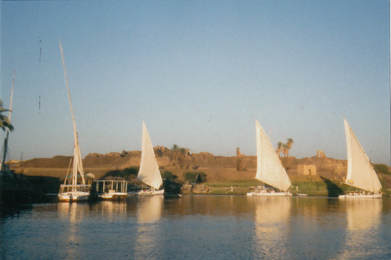
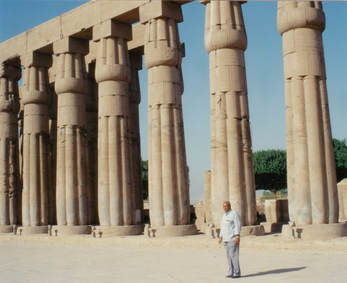
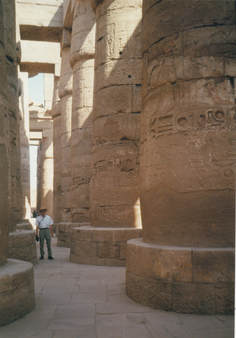
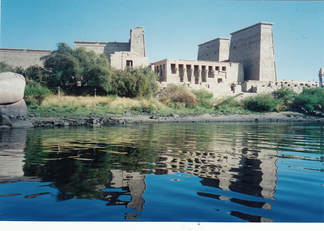
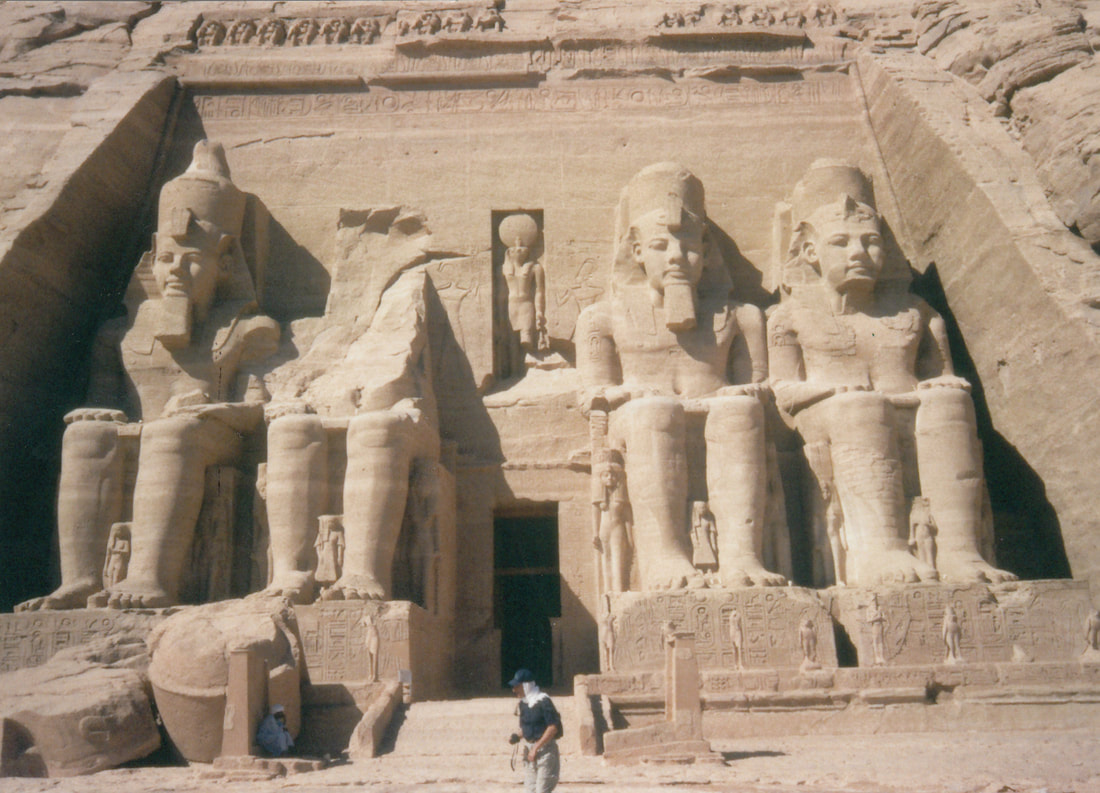
 RSS Feed
RSS Feed